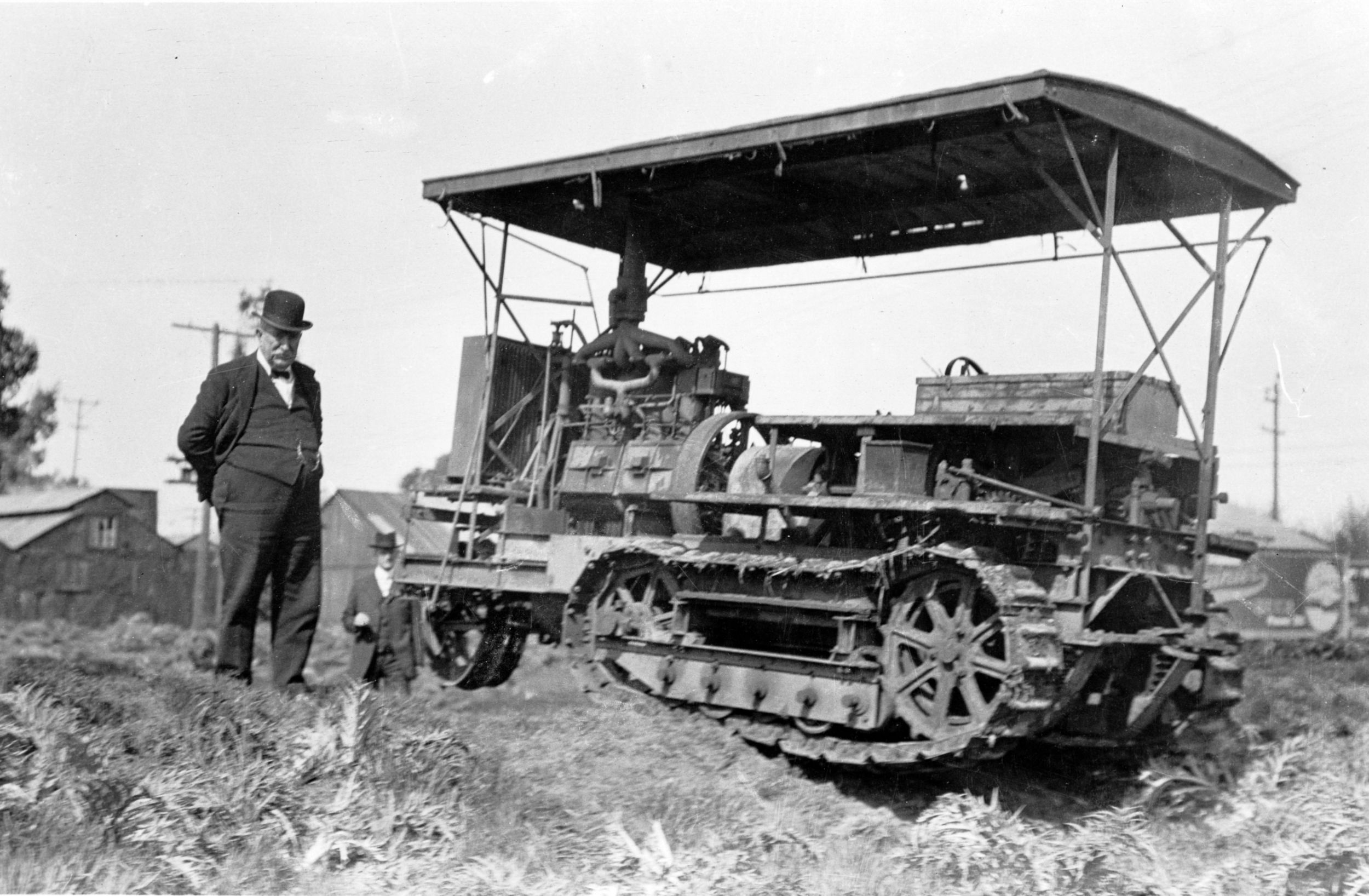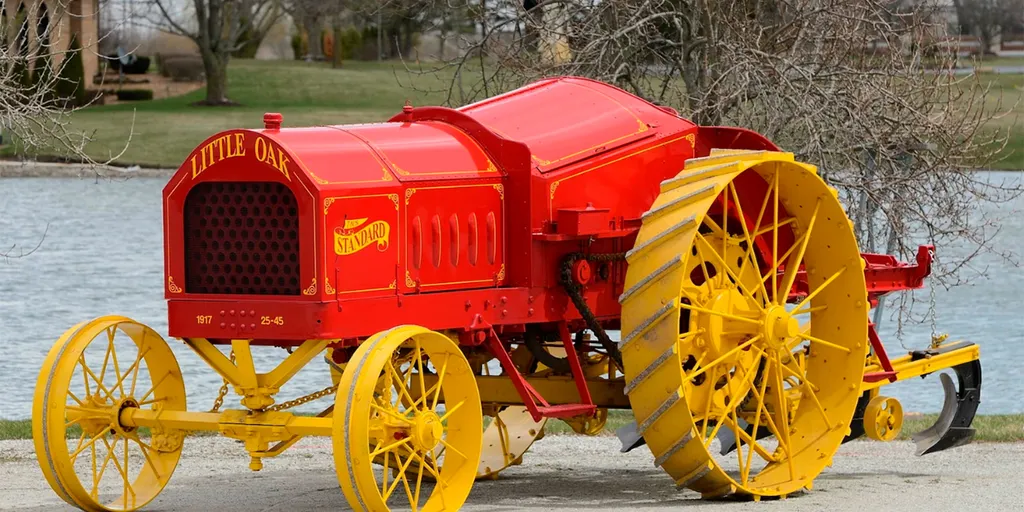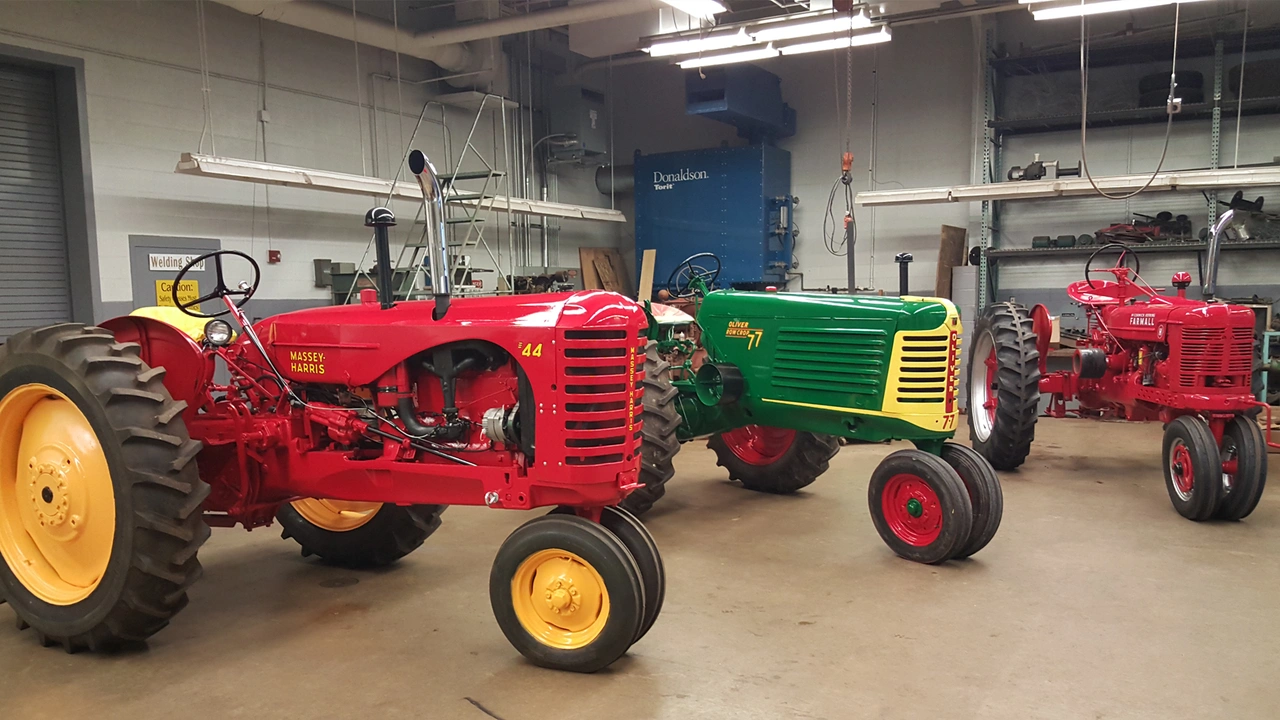A Brief History of Tractor Development
The tractor, a symbol of agricultural mechanization, has undergone tremendous transformations since its invention, evolving from steam-powered machines to intelligent, high-tech equipment. It has not only increased agricultural productivity but also driven the modernization of global farming. Let’s take a look back at the history of tractor development and how it has changed agriculture worldwide.

The Steam-Powered Era (Early 19th Century – Late 19th Century)
The origins of tractors date back to the early 19th century when farmers mainly relied on animal power for plowing, which was labor-intensive and inefficient. In the mid-19th century, the introduction of steam engines led to the first steam-powered tractors. By the 1850s, engineers in the UK and the US experimented with mounting steam engines on agricultural machines to pull plows. However, these early steam tractors were bulky, difficult to operate, and expensive to maintain, limiting their widespread use.

The Rise of Internal Combustion Tractors (Early 20th Century)
At the beginning of the 20th century, advancements in internal combustion engines paved the way for more practical and efficient tractors. In 1901, American engineer John Froelich invented the first successful gasoline-powered tractor, marking a turning point in agricultural mechanization. Soon after, in 1917, Ford introduced the Fordson tractor, the first mass-produced tractor, which was lightweight, durable, and affordable. This revolutionized farming by making mechanized agriculture accessible to more farmers.

Post-War Development and Modernization (Mid-to-Late 20th Century)
After World War II, agricultural mechanization accelerated rapidly. The 1950s saw the widespread adoption of hydraulic systems, advanced transmissions, and four-wheel-drive tractors, significantly improving efficiency and adaptability. Countries like the Soviet Union, Europe, and Japan also invested heavily in tractor technology, designing models suited to different terrains and crop requirements.

Intelligent and Sustainable Tractors (21st Century – Present)
In the 21st century, tractors have entered the era of smart technology. Modern tractors are equipped with GPS navigation, autonomous driving, data analytics, and precision farming technologies, enabling highly efficient and optimized farming practices. Additionally, the push for environmental sustainability has led to the development of electric and hybrid tractors, reducing carbon emissions and promoting eco-friendly agriculture.
From the massive steam engines of the past to today’s smart, high-efficiency agricultural machines, the evolution of tractors mirrors the modernization of agriculture. As technology continues to advance, tractors will remain a vital force in global food production, supporting sustainable farming and food security for future generations.



